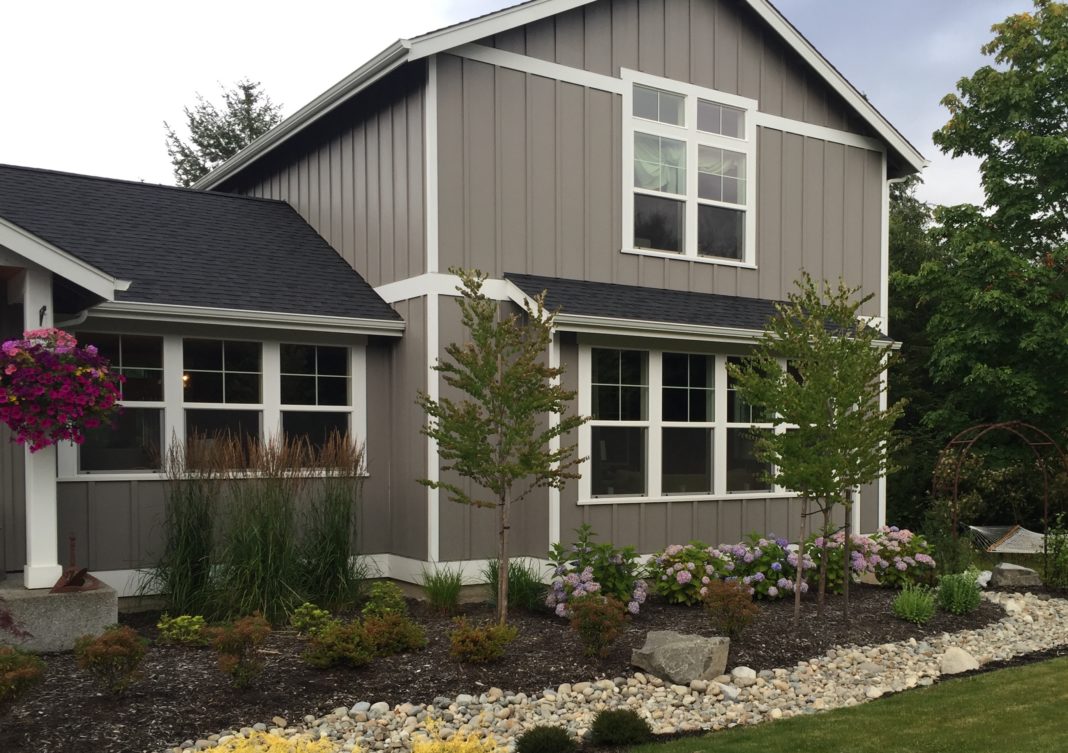Submitted by: PrimeLending
When you own your home, you probably stay busy keeping up with little fixes and routine maintenance here and there, but no matter how well you care for your house over the years, things break and the finishes, appliances and fixtures wear out.

If you want to maintain the value of your home and keep it in mint condition (as much as possible with your busy life, kids, pets, etc.) there are some updates that may be needed about every 10 years. Here’s a rundown on what to look at and approximately how much you should budget for each job.
New Carpet — Even the best carpet on the market wears out over time. Your average, medium-grade carpet will last between five and 15 years, but that depends on how many people live in your home and whether you have children and/or pets. In a household of two to four people, expect carpet to last about five years before the fibers start looking old and frayed and the color becomes dull or grayed. For budgeting, the average carpet and pad costs between $30 and $40 per square yard. To carpet 1,200 square feet in your home, you’re looking at about $4,000-$6,000 in materials plus the cost of installation.
Hard floors are another option and may often have a longer expected lifespan than carpet. Even if hardwood isn’t in the budget, porcelain wood-look tile is a more affordable option starting around $1.99 per square foot.
Hot Water Heater — As a general rule of thumb, you should at least consider replacing your hot water tank about once every 10 years. If the manufacture date isn’t printed clearly on the tank, it may be embedded in the serial number. Unfortunately, hot water heaters rarely give notice before they begin leaking or fail altogether, so routine maintenance and a replacement after about 10 years can save you both the cost and headache of a failed or leaky water tank. You can pick up a new hot water heater for under $1,000 plus the cost of installation.
Tankless water heaters are more efficient and can reduce your energy bill, but you’ll pay more up front — electric options cost about $1,000 while gas-powered run about $3,000. There’s also additional installation costs associated with tankless heaters, especially if your home requires rewiring to accommodate the new water heater.
Kitchen Appliances — Dishwashers and microwaves are made to last about nine to 10 years, while your refrigerator and gas range may last about 13 to 15 years. You may have already started noticing problems, such as dishes not coming out clean or visible cracks in the tub. Problems you may experience with your fridge range from not cooling or defrosting completely to loud noises.
A new, mid-range dishwasher with a lifespan of 10 years will cost about $500, while you can pick up a new microwave for under $100. You can pick up a gas or electric oven and range for about $600 and a new fridge for anywhere from several hundred to a few thousand dollars.
Fresh Interior and Exterior Paint — Depending on the climate where you live, the exterior finish and the quality of your last paint job on your home’s exterior paint may fade and chip sooner rather than later. Wood siding should be repainted about every three to seven years, while aluminum siding and stucco should be repainted about every five years. The paint inside your home doesn’t necessarily wear or fade like exterior paint, but high traffic areas may show more scuffs, scratches and marks that should be painted over. If it’s been about 10 years since your last interior paint job, now’s the time to update your home’s look with a fresh coat of paint and updated colors. Most homeowners will spend anywhere from $2,000 to $4,000 to paint the exterior, while interior paint can cost anywhere from $300 to $700 per room.
Windows — The older the windows, the less energy efficient your home will be. Replacing old, drafty windows with new, more efficient ones can save you on your heating and cooling bill while also updating the appearance of your home. Keep in mind that even the most energy efficient windows eventually need to be replaced as they age and crack and their seals break. Windows generally run about $300 to $500 each, including installation, but cost varies depending on how many and what type of windows you have, as well as whether window frames or sills need to be replaced. Replacing windows a few at a time can be a more budget-friendly option.
Homeownership can be expensive, but investing money into a home you own rather than renting certainly has its financial benefits. Nothing in your home lasts forever, so be prepared by starting a home repair/upgrade savings account so you’ll have the funds to cover necessary replacements and repairs as needed.
And if the home repairs and renovations needed exceed your current bank account, contact PrimeLending to learn more about your options. From cash-out refinancing, renovation loans to buying a new house all together, our home loan experts can help you make a smart decision.
To find out how PrimeLending can help make your dreams come true, see Becky Carver and her team at 2401 Kresky Avenue in Chehalis or call 360-262-4005.

















































